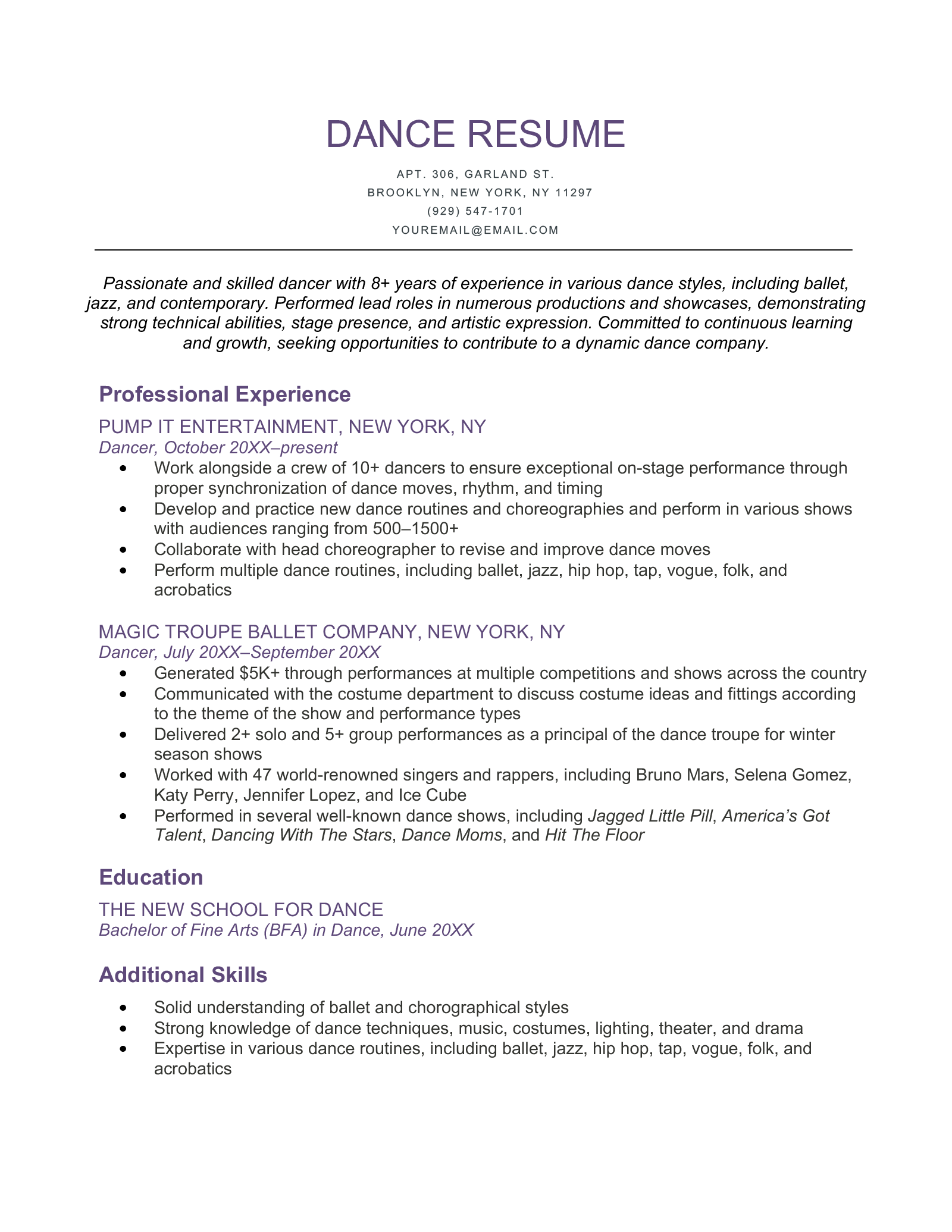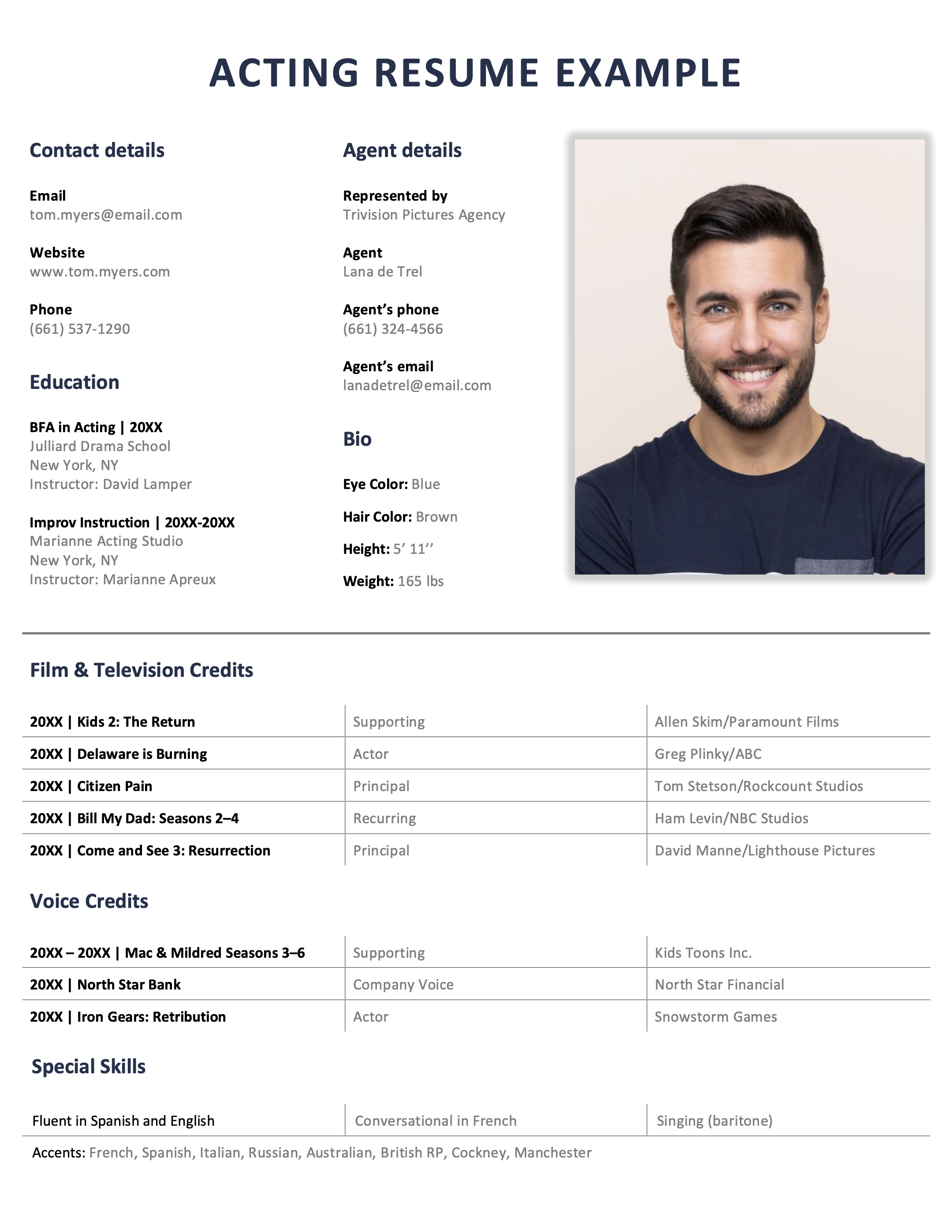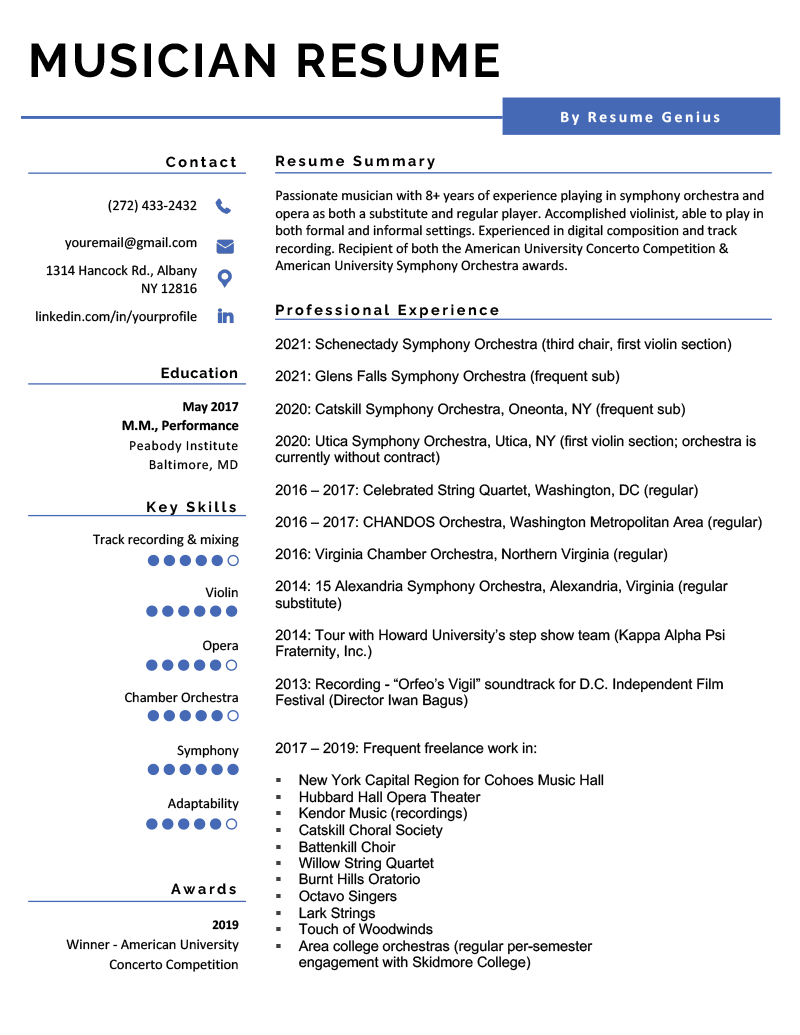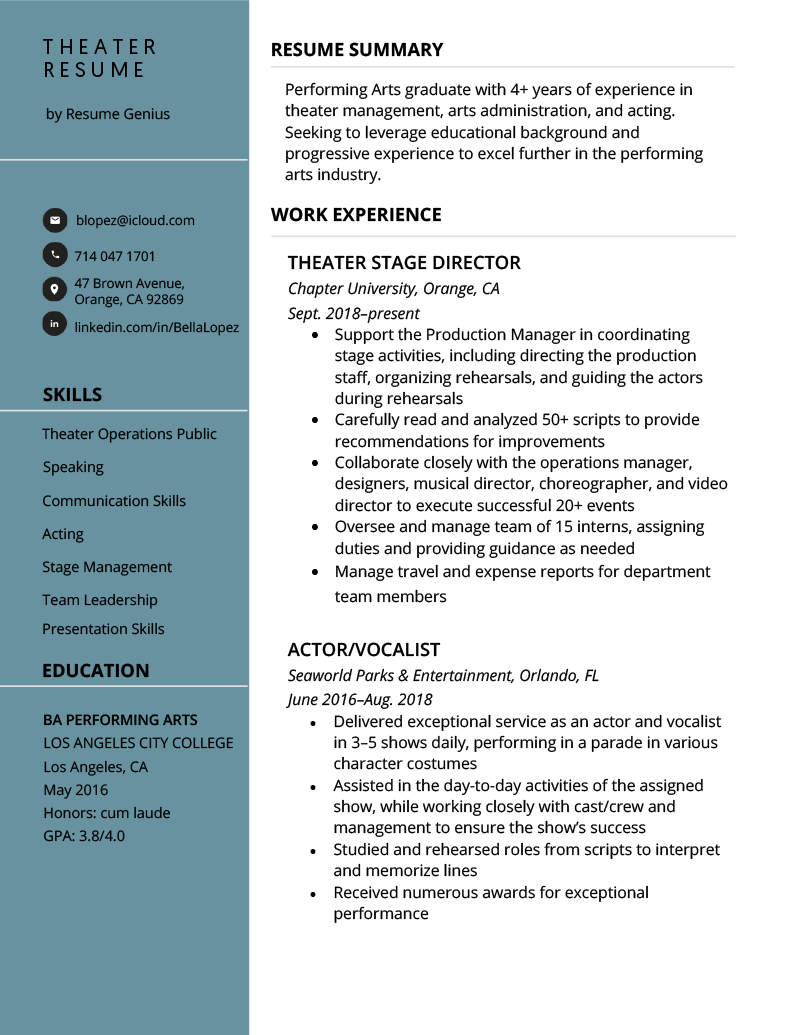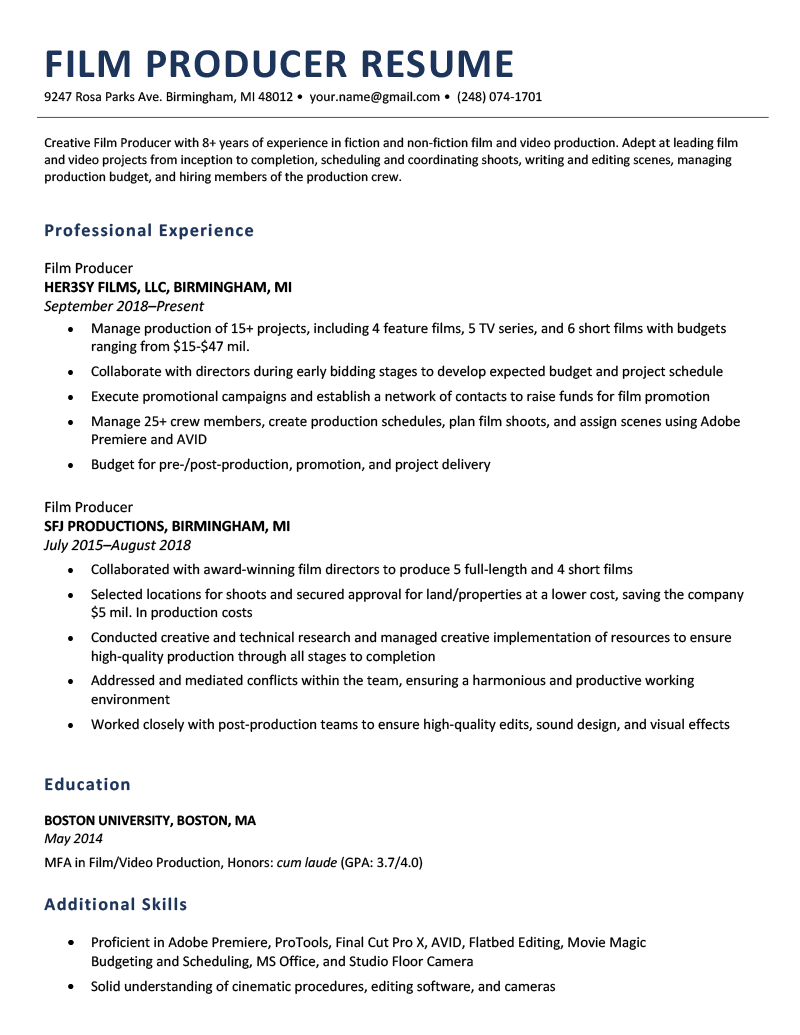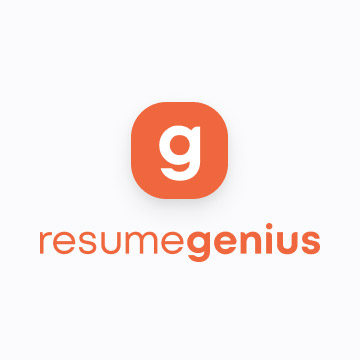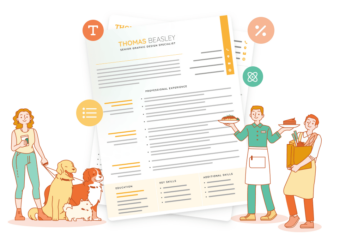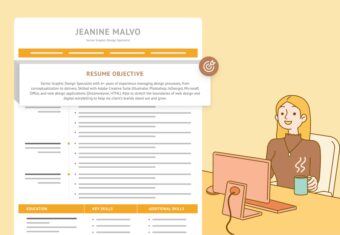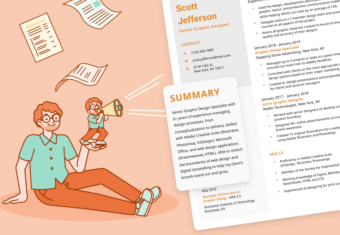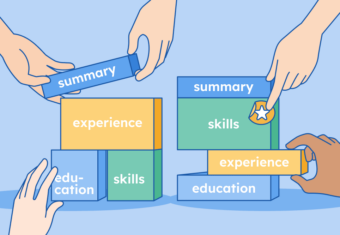Dance Resume Template (Text Format)
FIRST AND LAST NAME
Email: your.email@email.com
Phone: (123) 456-7891
Address: Street, City, State
LinkedIn: linkedin.com/in/yourprofile
Summary
RESUME SUMMARY
Dancer with 9+ years of experience performing in front of large audiences, creating unique choreographies, and delivering private dance training. Strong passion for conveying the beauty and art of dance to deprived populations.
Professional Experience
Pump It Entertainment, New York, NY
Dancer, October 2016–present
- Work alongside a crew of 10+ dancers to ensure exceptional on-stage performance through proper synchronization of dance moves, rhythm, and timing
- Develop and practice new dance routines and choreographies and perform in various shows with audiences ranging from 500–1500+
- Collaborate with head choreographer to revise and improve dance moves
- Perform multiple dance routines, including ballet, jazz, hip hop, tap, vogue, folk, and acrobatics
Magic Troupe Ballet Company, New York, NY
Dancer, July 2012–September 2016
- Generated $5K+ through performances at multiple competitions and shows across the country
- Communicated with the costume department to discuss costume ideas and fittings according to the theme of the show and performance types
- Delivered 2+ solo and 5+ group performances as a principal of the dance troupe for winter season shows
- Worked with 47 world-renowned singers and rappers, including Bruno Mars, Selena Gomez, Katy Perry, Jennifer Lopez, Ice Cube, and Al B. Sure!
- Performed in several well-known dance shows, including Jagged Little Pill, America’s Got Talent, Dancing With The Stars, Dance Moms, and Hit The Floor
Education
The New School For Dance, New York, NY
BFA Dance, June 2012
- Honors: cum laude (GPA: 3.7/4.0)
Additional Skills
- Solid understanding of ballet and choreography styles
- Strong knowledge of dance techniques, music, costumes, lighting, theater, and drama
- Expertise in various dance routines, including ballet, jazz, hip hop, tap, vogue, folk, and acrobatics


